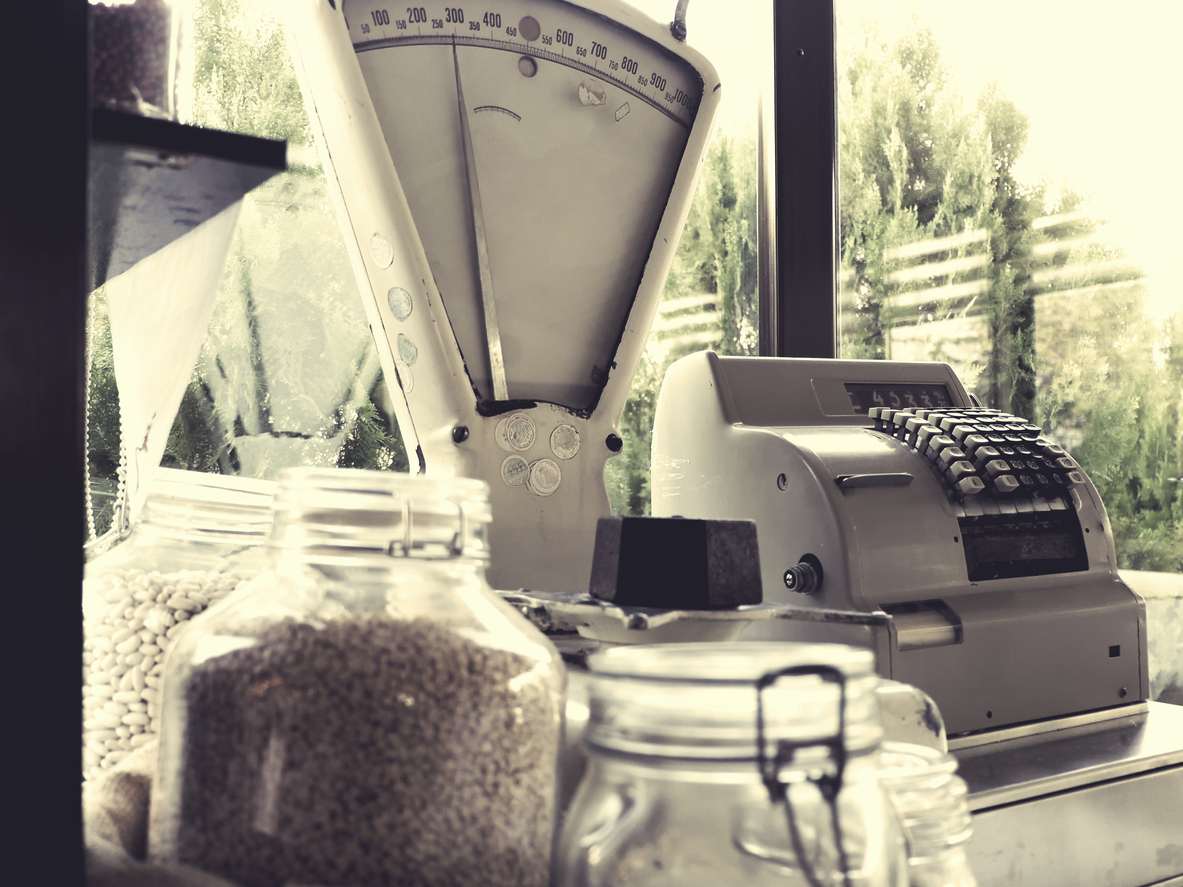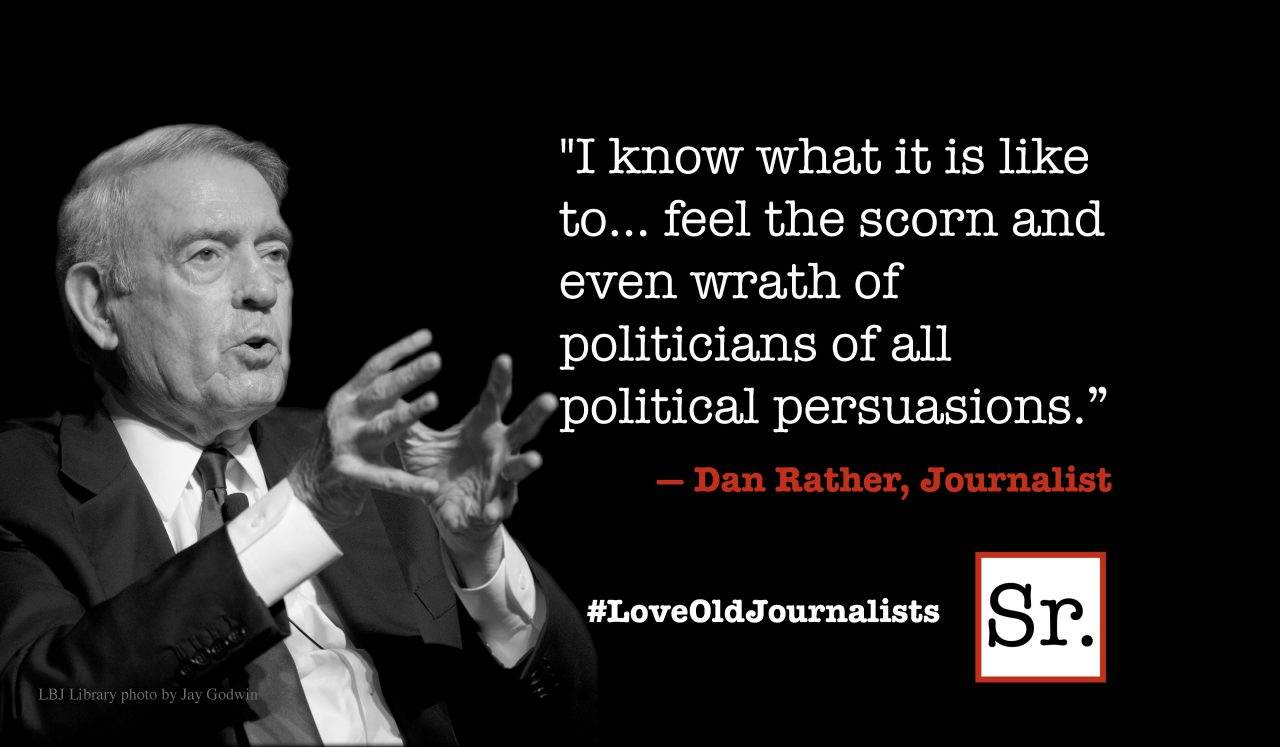As a 15-year-old high school student working in the neighborhood grocery store and meat market in Cedar Falls, Iowa, population around 7,000 mostly Danish souls, I quickly learned the value of a dollar.
First thing upon arrival at my job, I would put on my crisp, white apron and greet each customer by name. Customers would read their hand-written grocery list, item by item, and I would retrieve the items from the shelves and place them on the counter at the cash register. Then I’d total them up on the manual (not computerized) National adding machine, then calculate the sales tax and total up their bill.
 I didn’t like math in high school at all, but I learned practical knowledge when I had to make change.
I didn’t like math in high school at all, but I learned practical knowledge when I had to make change.
No credit cards, rarely a check, cash was king. This was 1939 — when a dollar really bought something.
Wonder bread was 9 cents a loaf. Carnation milk was 10 cents a quart in a glass bottle.
Rath Packing Company ground beef was 18 cents a pound. Rath ground pork was 15 cents a pound.
Carnation ice cream was 20 cents a quart. One dozen eggs were 18 cents.
Peanut butter was 23 cents (not hydrogenated, so it was hard as a rock when left open).
Northern toilet tissue was 9 cents for two rolls. Camay bar soap was 6 cents a bar. Noxema Cold Cream was 45 cents a jar.
Iceberg lettuce was 7 cents a head. Potatoes were 18 cents for 10 pounds.
Sugar was ten pounds for 49 cents.
As the song says, “Those were the days, my friend. We thought they’d never end!”









